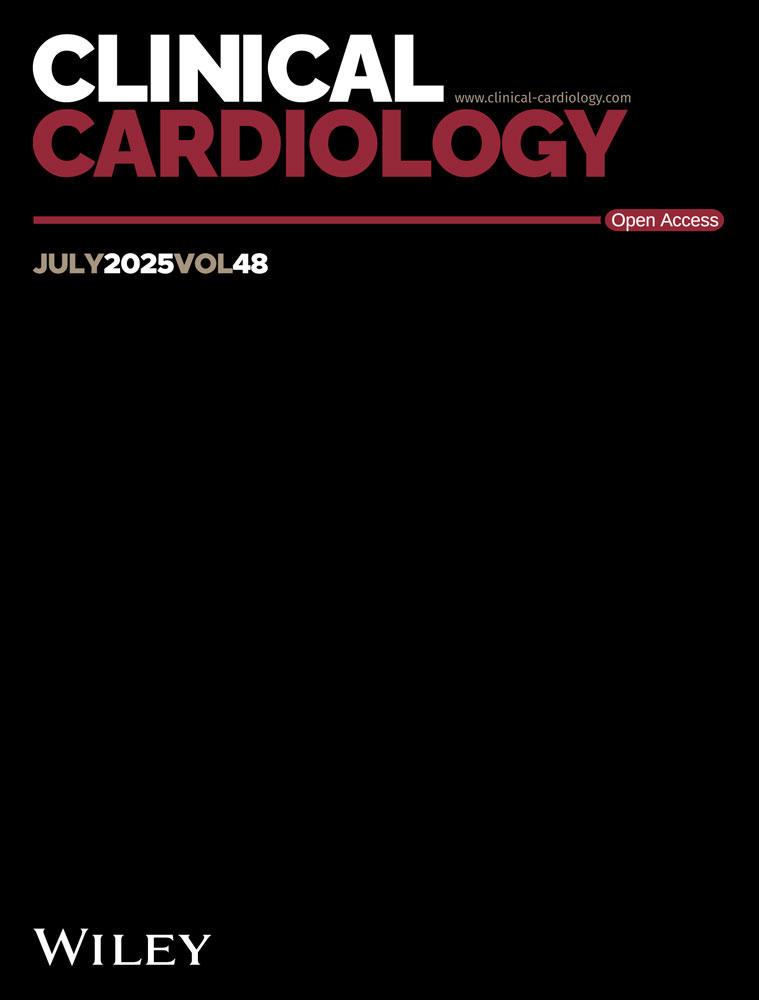One-year prognosis in patients hospitalized with a history of unstable angina pectoris
Abstract
The prognosis during 1 year of follow-up in 715 patients admitted to one single hospital due to suspected acute myocardial infarction (AMI) with a history of unstable angina pectoris immediately preceding hospitalization is described. AMI developed in 192 patients (27%) during the first three days and in 255 patients (38%) during the first year. The mortality during hospitalization was 7% (50 patients) and during 1 year 19% (130 patients). Of the nonsurvivors, 54% died of AMI, 28% of congestive heart failure, and 20% of cardiogenic shock. Based on simple clinical parameters on admission to the emergency room, risk indicators for death during the following year could be identified as follows, in the order of significance: high age (p < 0.001), ST-segment depression on admission (p < 0.001), and a history of diabetes mellitus (p < 0.05). At admission to the emergency room, risk indicators for development of AMI during the following year were as follows: initial degree of suspicion of AMI (p < 0.001), electrocardiographic signs of acute ischemia on admission (p < 0.001), ST-segment elevation on admission (p < 0.01), age (p < 0.05), and lack of a previous history of chronic stable angina pectoris (p < 0.05). We conclude that, among patients admitted to hospital due to suspected AMI with a history of unstable angina pectoris immediately preceding hospitalization, 38% developed a confirmed infarction and 19% died during the following year.




